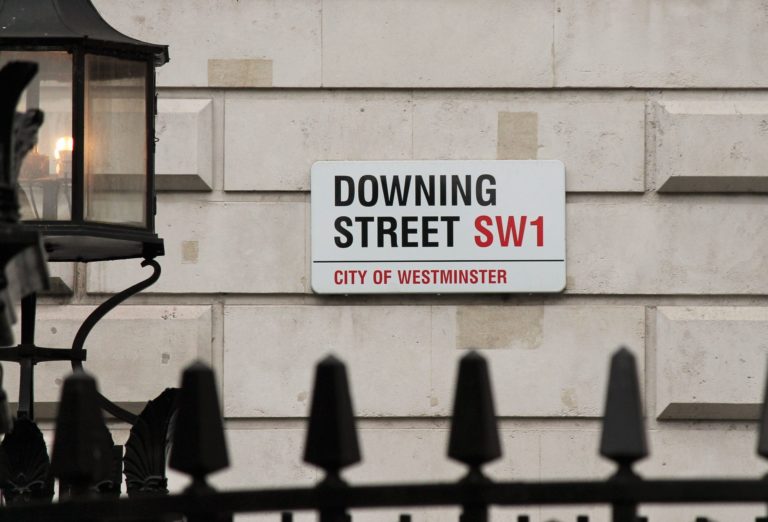Throughout his time at the forefront of British politics, Boris Johnson has demonstrated a remarkable ability to shapeshift his communication style to deliver his message. The coronavirus crisis has provided an unprecedented challenge, and with every single member of the public at risk of catching the virus or spreading it, ensuring public health information is widely communicated is vital.
Johnson’s decision to hold daily briefings has been the centrepiece of his coronavirus communications platform. Putting himself forward for a daily grilling by the nation’s leading journalists is a significant change of approach from the Prime Minster. It was just months ago that Johnson, at odds with all other party leaders, refused to be interviewed by the BBC’s Andrew Neill at the last general election. In these unique circumstances, it is an interesting time to explore why such a radically different approach is needed, what Boris aims to achieve from his daily address to the nation and how well the message is getting across so far.
The change in No 10’s communications approach has been significant, with Johnson visible and open to scrutiny. He was frequently criticised for hiding from journalists throughout the election campaign. Likewise, since winning his majority there has been an ongoing battle with the media accusing him of ‘Trump-like’ behaviour to avoid examination. As he was the election favourite and then the PM with a large majority, the tactics are understandable. He and his team wanted to minimise risk and avoid potential blunders that could dilute their message. Ordinarily, whilst bullish, these would be logical tactics. However, a global pandemic is a very different opponent to Jeremy Corbyn, so Johnson has had to change strategy accordingly. His team have not loosened their attempts to control the narrative, they are now just doing so with Boris front and centre.
The decision to hold daily briefings and how they have been structured tells us a lot about the message Johnson want to convey. As well as a plainly informative address to the nation, it is an opportunity for No 10 to reassure the public and maintain an image of a Government in control. This can be seen in the stage management of the briefing and the attendees. Against the backdrop of two Union Jack flags, flanked by a relevant expert and Secretary of State at an appropriate social distance, Johnson presents an image of a someone tackling the crisis head on. The briefings have usually started with a statesman-like address from the PM, followed by the detail from the relevant economic, health or scientific expert. In this fashion, Johnson has been able to position himself as the figurehead of a ‘wartime government’ focusing on simple messaging like doing ‘whatever it takes’, with others providing the technical detail.
The briefing ends with a question and answer session from the UK’s top political and health journalists. This is a reflection of the exceptional circumstances we are in and No 10’s ambition to be accountable and trusted in their response to the pandemic. Unprecedented times call for extraordinary communications strategies. We have all been told to fundamentally change our lifestyles and warned that many of us will ‘lose loved ones before their time’. When people paying attention is a matter of life and death the stakes could not be higher. In this context, Johnson’s team have determined that the strategy of being visible and upfront will have maximum impact.
As I write this at the end of March, Boris Johnson has just been diagnosed with coronavirus and is self-isolating. His decision to confirm the news with a personal video on Twitter signals an intent to ensure he will continue to be the face of the response to this crisis. Longer term, it remains to be seen whether this latest iteration of accountable Boris Johnson will remain after the crisis ends. With the latest YouGov polling showing his popularity rating with the public at its highest since he became leader, there will no doubt be learnings that he will look to add to his communications repertoire permanently. However, this will also depend on how successful he is in continuing to get his message across and tackling coronavirus head on.
The UK has not yet reached the peak of the epidemic, but there has been evidence that the public is listening and a growing national spirit of determination to get through this together. With 27.1 million people tuning in to watch Johnson’s lockdown announcement and over half a million people signing up to volunteer for the NHS, it can be argued that his decision to place himself in the firing line is working.




